

You will come across many confusing terms while exploring solar. Worried? Don’t be! We’ve got you covered.
Here are all the frequently used solar energy terms you must know before getting your solar power system.
Electricity
1. AC (Alternating Current)
AC is the type of current that can flow in both directions, forward and backward. Moreover, it keeps switching directions periodically.
The appliances, devices, and outlets in homes and offices run on alternating current.
2. DC (Direct Current)
DC can only flow in one direction. Solar panels produce DC, which has to be converted to AC before it can be used to power home appliances.
3. Utility Grid
The grid system connects the various power distribution companies to end users. Electricity from power plants is transmitted to homes, and offices through power lines attached to the grid.
4. Kilowatt (kW)
kW is a unit of energy used to measure electricity. 1 kW equals 1000 Watts. Further, 1 Kilowatt hour (kWh) means one kilowatt of electricity used for an hour.
Components of a Solar Plant
5. Solar Panels
Solar panels or photovoltaics use semiconductor materials such as silicon, to absorb sunlight and convert it into electricity. Panels create DC power. A single panel is called a module and, a collection of panels in a solar system is called an array.
6. Solar Inverters
While the panels convert the sun’s energy into electricity in the form of DC, solar inverters convert this DC energy into AC power. They also maximize the output of the system, detect any faults and constantly monitor the AC and DC wattage to ensure the safety of the plant.
7. Solar Batteries
Solar panels only generate electricity during the day. For nighttime, individuals can use battery backup to store the generated electricity and reduce their dependence on the utility grid.
8. Solar Accessories and Mounting Structures
Accessories such as mini-rail, mono-rail, cable trays, walkways, etc. help in mounting solar panels over rooftops and grounds. They are the foundation of the entire solar power system.
9. Balance of Systems (BOS)
BOS includes all components of a solar power system other than solar panels. Hence, inverters, batter, cables and wiring, mounting structures, etc. are grouped under the umbrella of the Balance of system parts.
Solar Modules
10. Efficiency
Efficiency in solar refers to the amount of sunlight a solar module can convert into electricity. Panels in the Indian market have an efficiency of 15% – 22%. The efficiency of solar panels depends on many factors: module brand, location of the panel, weather, and orientation.
11. Monocrystalline
In Monocrystalline modules, solar cells are created from a single pure crystal of silicon. Since the manufacturing process is complex and expensive, these types of modules cost more than their counterparts. However, mono modules are also more efficient than poly or thin-film modules. Mono modules have a blacker hue.
12. Polycrystalline
These types of modules are manufactured using fragments of silicon. The manufacturing process is simple and thus, poly modules are cheaper. However, they also have lower efficiency than the mono modules. Poly modules have a blueish hue.
13. Bifacial
Bifacial modules produce power from both, the front and the rear sides of the panels. In traditional modules, a large amount of sunlight passes through. Bifacial modules avoid this problem by absorbing the sunlight reflected on the ground through the back end.
Solar Systems
14. Rooftop Solar
In a rooftop solar system, solar panels are installed over the roof of a residential or commercial building. These systems hardly require any maintenance apart from regular cleaning and can last for over 25 years.
15. Ground Mounted Solar
Instead of the rooftop, ground-mounted solar systems are installed on the ground. They require abundant open space with no possibility of shading. This is why they are mostly used for utility-scale projects or large-scale commercial plants.
16. On-Grid Systems
On-grid or grid-tie systems work in conjunction with the utility grid. When the grid is working, the solar systems generate power. As soon as the grid shuts off the solar power system automatically stops working.
17. Off-Grid systems
These systems are independent of the utility grid as they are equipped with battery backup. The inverter charges the battery during the day, and the stored energy can be used during the night time.
18. Hybrid systems
Hybrid systems combine the properties of both the grid-tied and the off-grid systems. They are connected to the utility grid and are also equipped with battery backup.
Devices
19. Zero Export Device
In places where a net metering facility is not available, a zero-export device prevents the export of excess energy into the grid. The device instructs the inverter to extract only the amount of energy that can be fully consumed by the house/building from the panels. The zero-export device prevents wastage of power in the absence of a net meter.
20. Power Optimizer
Power optimizers are installed underneath each module. They harness the maximum output from their respective panels and increase the efficiency of the system. Optimizers produce 2-8% more energy, which raises the overall generation.
21. Micro inverters
Unlike string inverters, micro inverters get installed with every solar panel. They convert the DC power into AC right at the source, which minimizes DC losses. They are more efficient in harnessing the maximum power from each system than traditional inverters.
22. ACDB/DCDB boxes
ACDB (Alternating Current Distribution Box) and DCDB (Direct Current Distribution Box) are crucial safety components of a solar power system. An ACDB box is installed between the solar inverter and the load, from where it provides extra protection against short circuits and high voltage fluctuations.
The DCDB box connects the panel array and the solar inverter. It protects the inverter and the panel array from module failure.
Others
23. Net Metering
Net metering is a mechanism that allows commercial and residential users to sell their surplus solar energy back to the grid. To avail of this facility, a net meter has to be installed. The government, through power distribution companie,s compensates the value of the exported energy by adjusting it in the monthly electricity bill.
24. Building integrated photovoltaic (BIPV)
BIPV is a relatively new technology in the solar market. It integrates photovoltaic systems into the architecture of the buildings. BIPVs replace traditional building components such as roofs, skylights, or windows with solar power-generating structures, without compromising on design.
25. Levelized Cost of Energy (LCOE)
LCOE is calculated by dividing the total cost of a solar plant (including the operation and maintenance costs, fuel costs, and other variable costs) by the total amount of energy it will produce in its lifetime. This per unit cost of electricity is used to measure the effectiveness of the investment.
26. Payback period
The payback period in solar refers to the amount of time it will take to recover the money invested in the solar plant, in terms of monthly savings. In India, the payback period of solar installations can be anywhere between 2-6 years.
27. Solar Loan
Financing allows consumers to generate the capital required to fund their solar power plant. Solar loans are similar to car/home loans. Moreover, the money saved on monthly electricity bills through the power plants, can be used towards the EMIs.
About Ornate Solar
By partnering with the best-in-class solar panel and inverter brands from around the globe, Ornate Solar has made the shift to solar, cost-effective, reliable, and easy. We provide a one-stop shop for top-quality solar accessories that can be customized as per your requirements.
We have also developed India’s first Integrated In-Roof system. Ornate InRoof is a roof that is completely made out of solar panels, is leak-proof, and looks aesthetically pleasing.
If you are exploring solar solutions for your business, reach out to us at 1800 2026 252 to discuss your options.
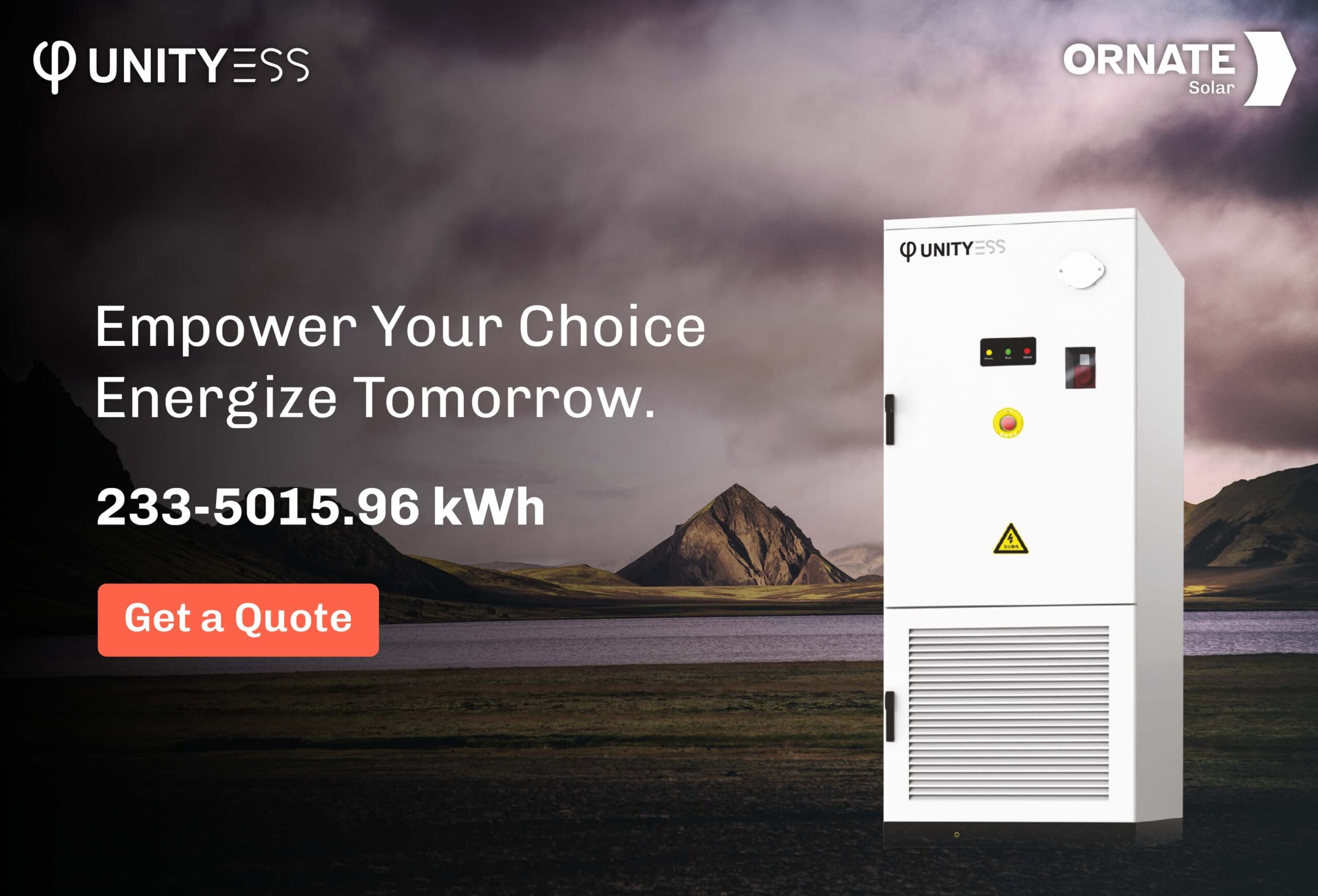


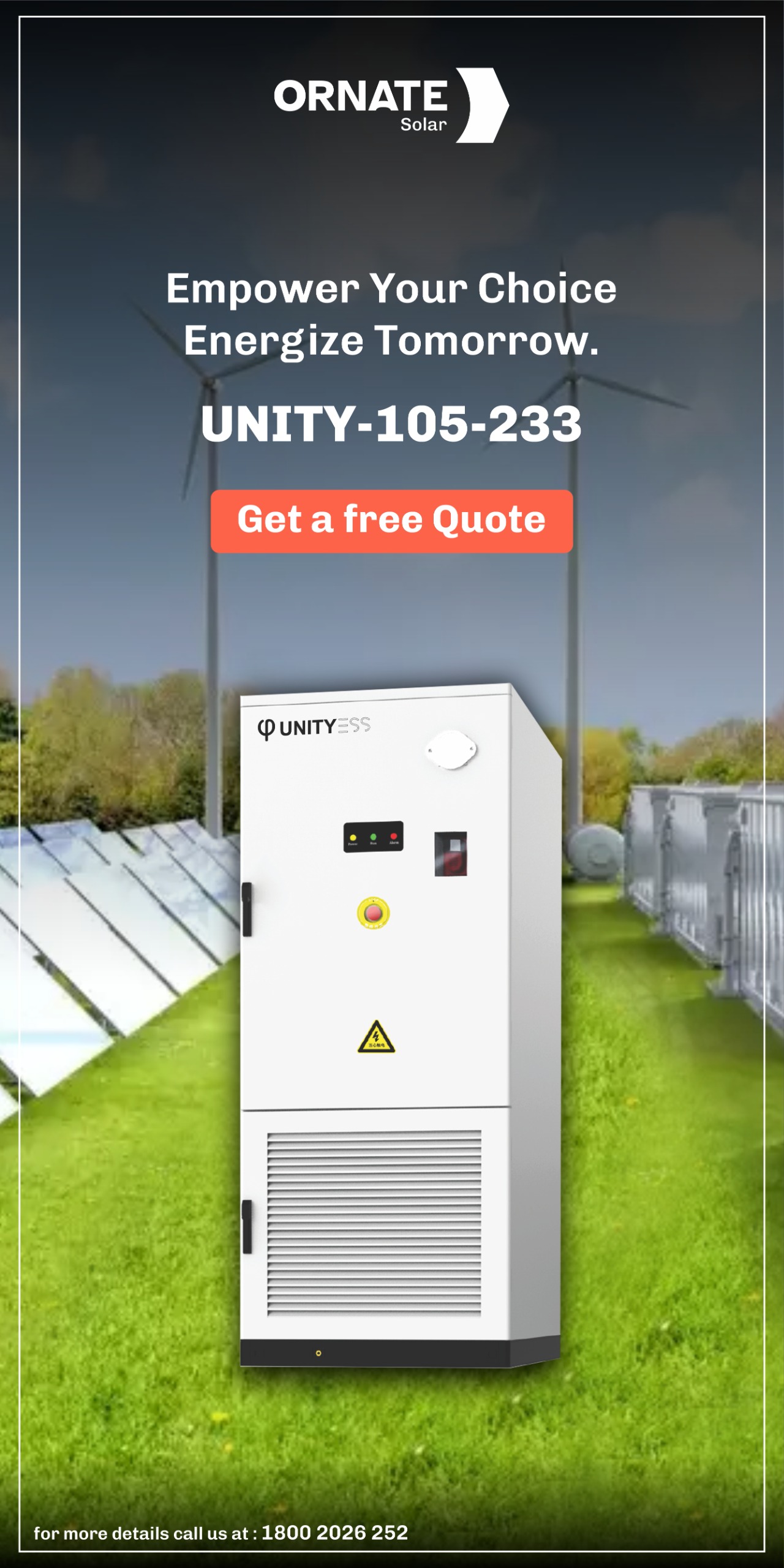

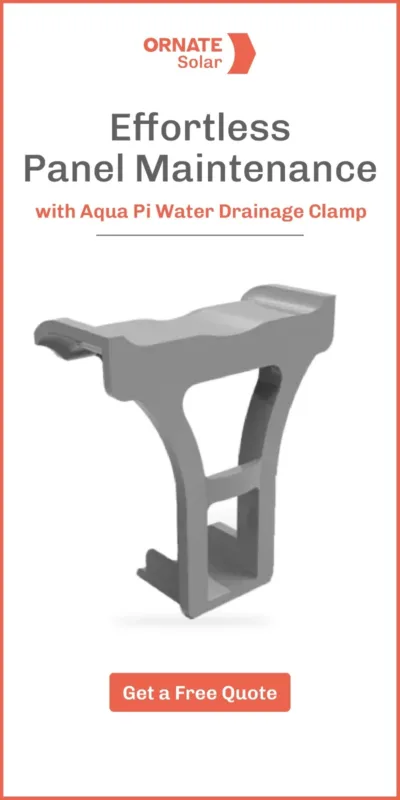
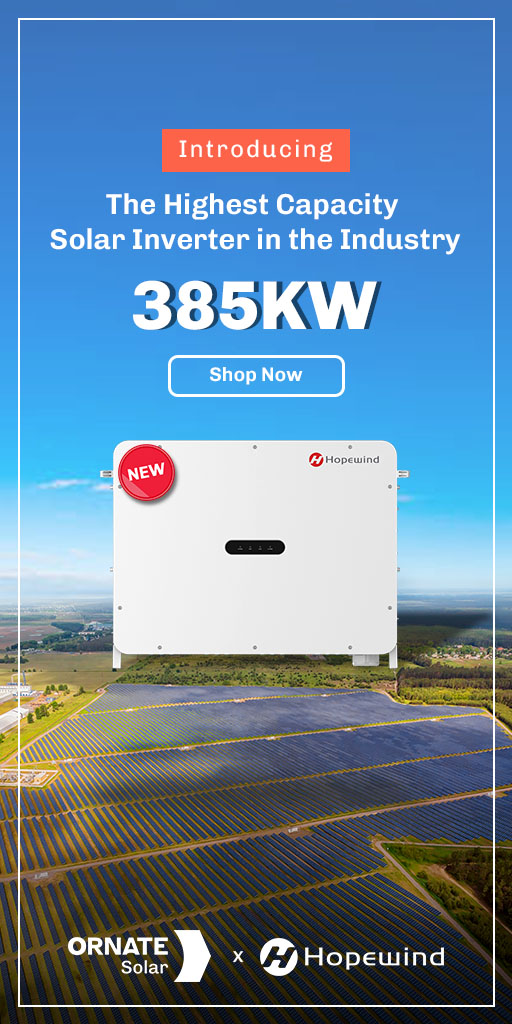



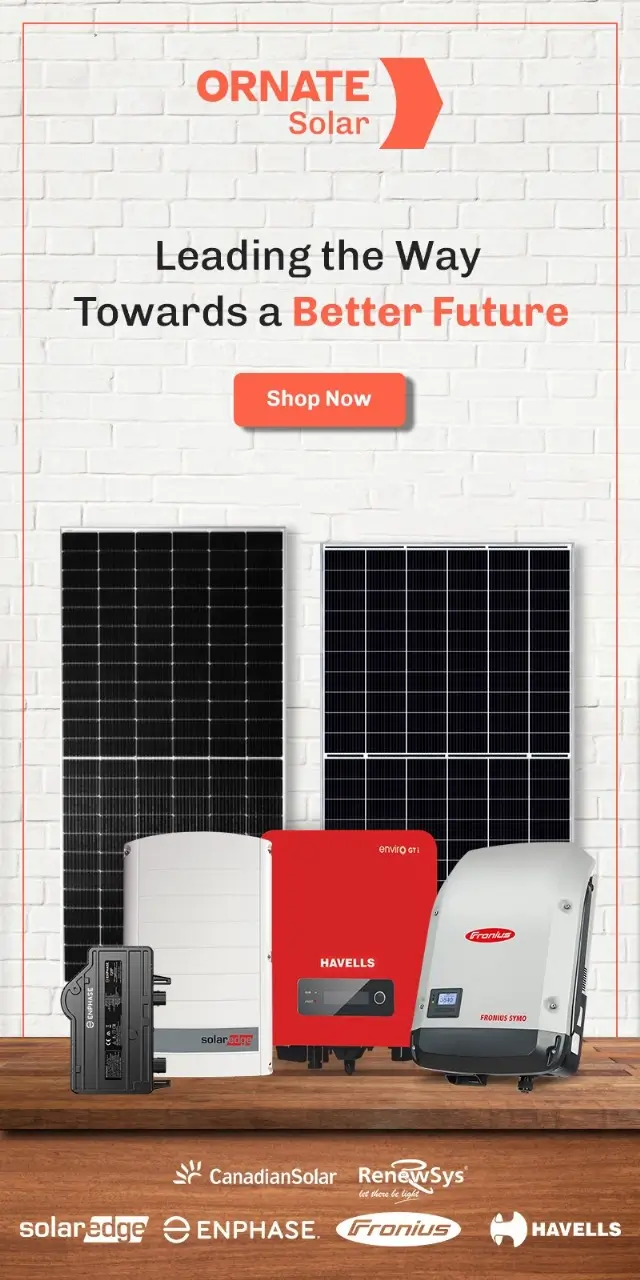






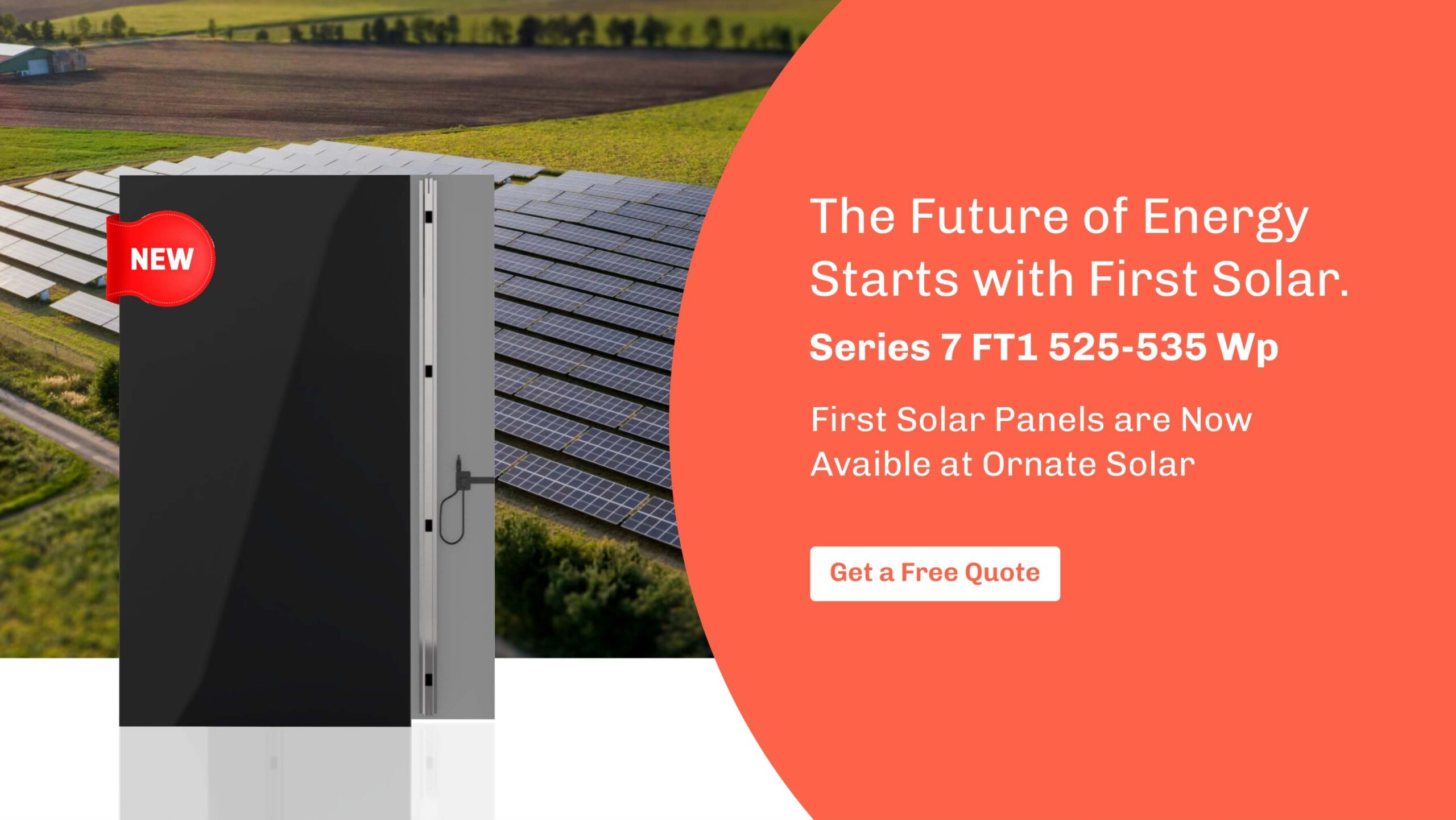
Leave A Comment